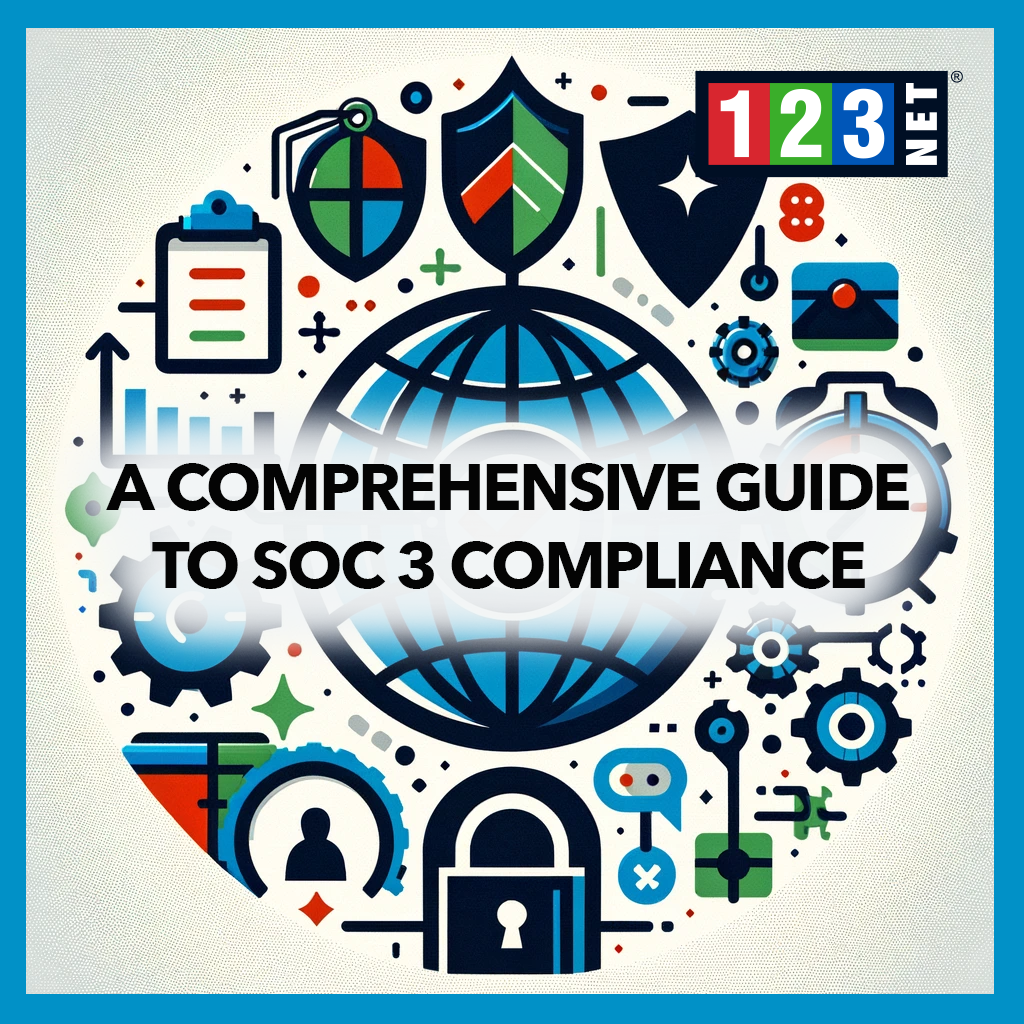
Introduction
Unified Communications as a Service (UCaaS) is transforming business communication by consolidating various communication tools into a single cloud-based platform. This integration provides seamless connectivity across voice, video, and messaging, facilitating better collaboration and efficiency. White label UCaaS solutions are emerging as a significant trend within the market. These allow service providers to brand and customize UCaaS offerings to fit specific client needs, enhancing their market appeal. This introduction explores the core concepts of UCaaS and the growing importance of white label solutions in adapting to diverse business environments.
The Growing Importance of UCaaS
Communication technology has seen significant advances, moving from traditional systems to sophisticated, cloud-based platforms. This shift has been fundamentally driven by the need for greater adaptability and scalability in business communications. Unified Communications as a Service (UCaaS) has become a critical player in this transformation, providing comprehensive communication solutions that integrate voice, video, and messaging into a single platform.
Current Trends in UCaaS
The UCaaS landscape is currently characterized by a move towards more integrated and user-friendly platforms. This trend is primarily aimed at improving user experience and operational efficiency, making these systems more accessible to businesses of all sizes. The integration capabilities of UCaaS allow for seamless communication across various channels, enhancing collaboration among teams and with clients.
Business Benefits of UCaaS
For businesses, the adoption of UCaaS translates into numerous advantages. Firstly, it promotes enhanced collaboration by connecting teams no matter where they are located, using real-time communication tools. Secondly, UCaaS improves efficiency by reducing the time and effort required to manage multiple communication platforms. Lastly, it offers significant cost savings, as cloud-based solutions generally require lower upfront investment and maintenance costs compared to traditional systems.
Implications for the Future
These evolving dynamics in communication technology and the adoption of UCaaS are set to have profound implications for the future of business communications. As businesses continue to seek more agile and cost-effective solutions, UCaaS is likely to play an increasingly important role in shaping how businesses communicate and collaborate globally. This section has explored these changes and what they potentially mean for the future landscape of business communications.
What is White Label UCaaS?
White label UCaaS is a specialized business model in which service providers offer unified communications services that can be rebranded and marketed by other companies as their own. This approach is designed to meet the needs of companies looking to expand their service offerings without investing in the infrastructure typically required to develop and maintain such complex technologies.
Key Components of White Label UCaaS
The primary components of white label UCaaS include Voice over IP (VoIP) solutions, messaging services, and video conferencing. Each of these can be tailored to meet specific client requirements, offering a high degree of customization. For instance, a provider may allow a reseller to incorporate their branding into the service interface and provide customer support under their own brand, creating a seamless experience for the end-user.
- VoIP Solutions: Enables voice communications over the internet, replacing traditional telephone lines with a more flexible and cost-effective internet-based calling solution.
- Messaging Services: Offers various messaging capabilities, such as text, media, and file sharing, integrated into a single platform.
- Video Conferencing: Supports virtual meetings with features like screen sharing, virtual backgrounds, and more, facilitating remote collaboration.
Distinctive Features of White Label UCaaS
White label UCaaS differentiates itself from traditional UCaaS offerings by allowing businesses to maintain control over branding and customer relationships. Unlike standard UCaaS solutions that often carry the service provider’s branding, white label UCaaS enables companies to present these solutions as their own, which can be crucial for maintaining brand consistency and loyalty. This model not only helps in strengthening customer relationships but also allows businesses to stand out in a crowded market by offering tailored communication solutions under their unique brand.
Advantages of White Label UCaaS for Service Providers
Cost-Effectiveness and Scalability
White label UCaaS provides a cost-effective solution for service providers by eliminating the need for significant upfront investments in infrastructure. This model allows providers to scale services according to customer demand flexibly. Instead of developing and maintaining their own communications platforms, which can be capital-intensive, providers can leverage established white label platforms. This scalability is crucial for adjusting to market demands and customer growth without the corresponding increase in capital expenses.
Branding and Customization Opportunities
One of the key advantages of white label UCaaS is the extensive branding and customization options it offers. Providers can tailor the services to include their logos, color schemes, and overall brand identity. This capability is vital for differentiation in a competitive market, as it allows service providers to offer a product that appears as their own, enhancing their brand visibility and customer loyalty. Customization extends beyond branding to include features and functionalities that can be aligned with specific market needs or customer requests, providing a tailored experience that standard UCaaS solutions may not offer.
Speed to Market and Ease of Deployment
White label UCaaS solutions can be brought to market more quickly than building a solution from scratch. Since the underlying technology is already developed and tested, service providers can focus on the deployment aspects without getting entangled in the complexities of product development. This quicker time-to-market is a significant advantage in a technology-driven environment where speed can often dictate market share. Moreover, the ease of deployment associated with white label solutions means that service providers can swiftly adapt to changing technologies or market conditions, ensuring they remain competitive and responsive to client needs.
Choosing the Right White Label UCaaS Provider
Selecting the right white label UCaaS provider is crucial for businesses looking to leverage the full potential of this innovative technology. The decision-making process should be guided by several critical factors:
- Provider Reliability: The track record of a provider in terms of uptime, customer service, and support is fundamental. A reliable provider ensures minimal disruptions and maintains high service standards, crucial for business communications.
- Scalability of Solutions: It’s essential to choose a provider whose solutions can grow with your business. Scalability ensures that as your business needs expand, your communication infrastructure can adapt without the need for a complete overhaul.
- Customization Capabilities: The ability to customize solutions to fit specific business needs is a significant advantage. This includes branding options as well as the flexibility to integrate with existing systems and software.
Comparing Features of Leading White Label UCaaS Solutions
When comparing different white label UCaaS providers, it’s important to evaluate the breadth and depth of their features:
- Integration Options: Look for solutions that offer seamless integration with popular business tools and applications. This integration helps streamline workflows and improve productivity.
- Security Features: Given the sensitive nature of communication data, robust security features are a must. This includes end-to-end encryption, secure data storage, and compliance with international standards.
- Innovative Features: Providers that continuously innovate will offer more advanced features like artificial intelligence (AI) capabilities, advanced analytics, and improved user interfaces.
Implementation Strategies for White Label UCaaS
Implementing white label Unified Communications as a Service (UCaaS) effectively is crucial for maximizing its benefits. This requires careful strategic planning and execution. This section discusses best practices for deployment, tackles common challenges, and provides solutions, alongside illustrative case studies.
Best Practices for UCaaS Deployment
Successful deployment of white label UCaaS starts with thorough planning. Begin by defining clear objectives and scope based on specific business needs. Engage stakeholders early and ensure their buy-in to facilitate smoother implementation. It’s essential to choose a UCaaS provider that aligns with your company’s size, industry, and specific requirements. Training for IT staff and end-users is critical, as is setting up a dedicated support team to address any issues promptly.
Addressing Common Challenges
Common challenges in deploying white label UCaaS include integration with existing IT infrastructure and user adoption. Integration issues can be mitigated by selecting a UCaaS solution that offers flexible APIs and compatibility with existing systems. To improve user adoption, comprehensive training programs and user-friendly interfaces are vital. Continuous feedback mechanisms can help identify areas needing improvement, enhancing user experience and satisfaction.
Future of White Label UCaaS
The future of white label UCaaS is bright, fueled by continuous innovation and evolving market demands. Key emerging trends include the integration of artificial intelligence (AI) and advanced data analytics, which enhance communication insights and decision-making. These advancements are set to redefine how businesses communicate, offering smarter, more efficient solutions. This section explores these developments, providing a forecast for the UCaaS market’s trajectory. Additionally, it offers strategies for businesses to adapt and thrive, emphasizing the need to embrace these technologies to maintain competitiveness and foster growth in an increasingly digital business environment.




